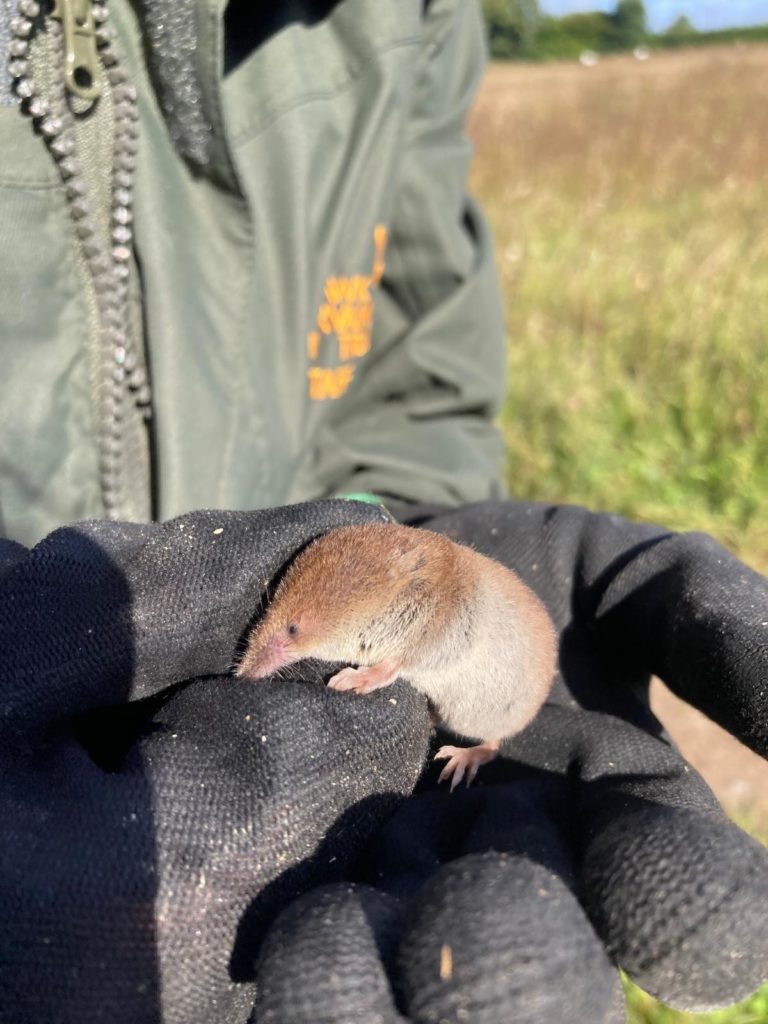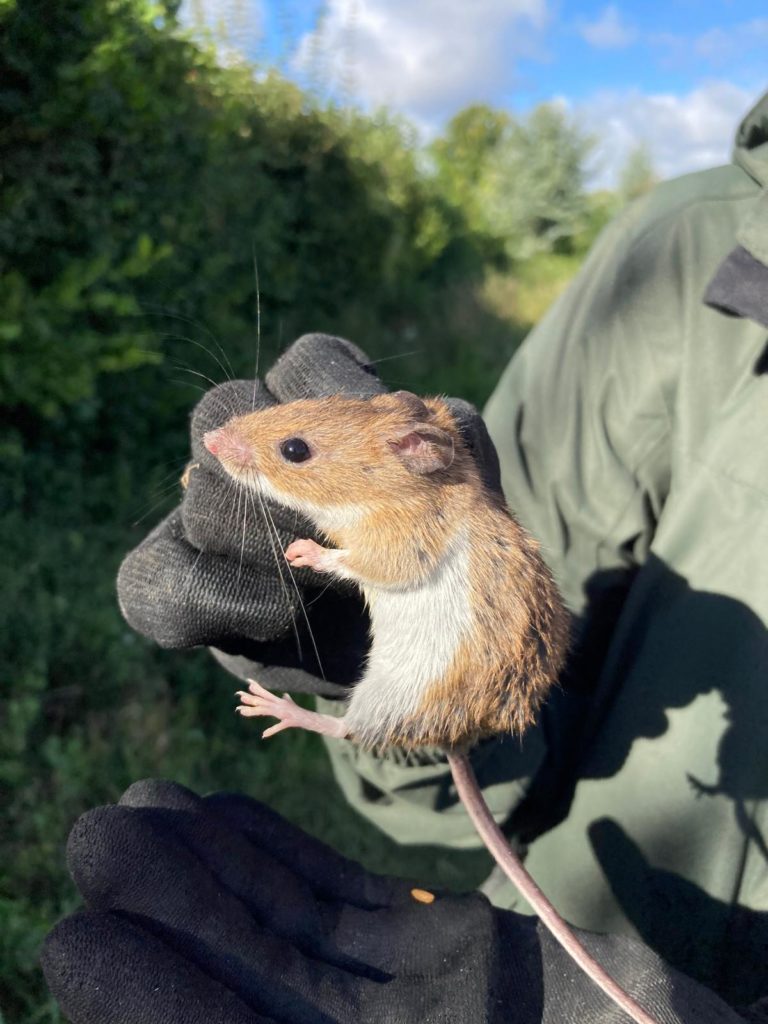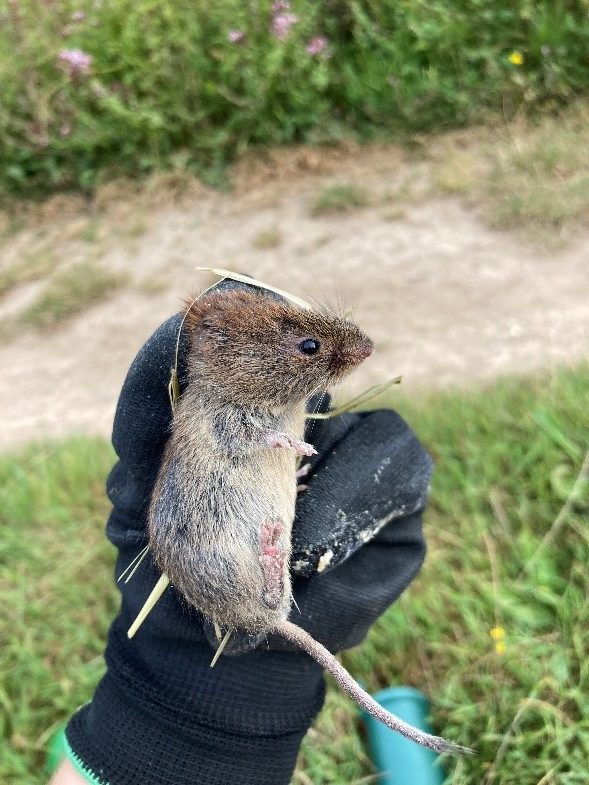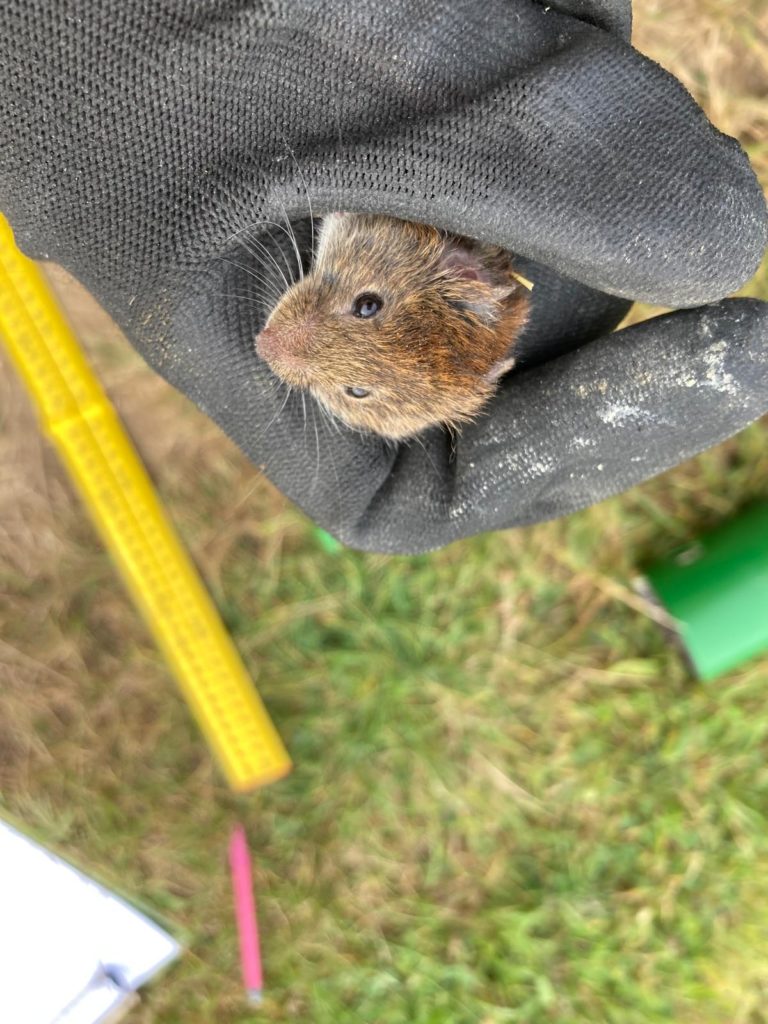Over the years, our 22 acres have grown and developed into an award-winning visitor attraction, surrounded by wonderous wildlife. Having worked at the Trust for over 20 years, Bird Team Member and Head of Flying Birds Mike Riley has been there for many of these exciting developments. We caught up with Mike to hear all about the next area of the Trust to have a revamp – our Woodland Arena!
“Well autumn is upon us again, and it’s the time of year where some of our birds will rest for the winter months, and some will begin their flying season.
Making sure that our birds are comfortable is our top priority, with any changes we make. As we swap the birds around to prepare the winter birds for this time of year, we make sure that our team are ready to go for our daily winter flying displays, experience sessions, and Behind-The-Scenes VIP Winter Experiences – as well as their understudy’s should the birds choose they don’t want to fly for whatever reason! This allows them to take it in turns.
As some of you may know, even the slightest change can cause a stir for some of our starring celebrities, especially in the owl world, and we’ve had a number of hurdles to cross already this year. More on that in a little bit!
Not only are we managing this changeover of which birds are flying and who’s resting, we’re also working hard around the Trust. If you’ve been a regular visitor throughout the year, you’ll hopefully have seen that at the start of the 2024 season we started new work in the Woodland Arena. The large pond, which used to be home to our two seals Cockle and Clam way back in the 1960’s, has now been filled in. This gives us a much larger arena to move around in while working with our birds.
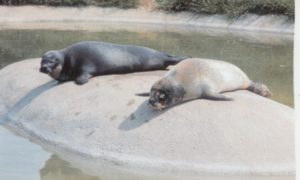
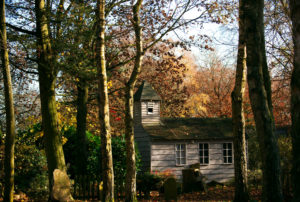
You may also have noticed a large concrete structure has appeared at the bottom left of the arena, where work has been in progress for the last couple of months. This is a surprise so I can’t tell you what it is, but what I can say is that it is all part of something new for 2025.
We’re looking to start further work on this during our two closed periods in November and January. As we move into winter, January is always an interesting month for any work that we undertake. Whatever we’re doing also has to fit around our Winter Woodland lights extravaganza, which runs from Friday 17 January to Sunday 2 February next year.
During these closed periods, working with the birds and their routines continues and we carefully get them used to any changes within the Woodland Arena as the work continues by our amazing team of volunteers. One of our most dedicated volunteers who helps us at this time is Viv Broughton. If you don’t know Viv, he’s the creative mastermind and builder behind the six new themed aviaries around the edge of the Woodland Arena, which are amazing to say the least!
We have been working closely with our birds to make sure they are comfortable with the building work in the woods, and will continue to do so when the new lighting and sound system is installed for Winter Woodland Lights. Even though we’ve done the Winter Woodland lights for a number of years now, we still make sure the owls are used to all the new set up all over again. As their daily routines don’t usually involve so much extra equipment being around, sometimes it’s like they have never seen it before.
For Troy the Tawny Owl, this was the case when we upgraded to a new sound system in the Woodland Arena earlier this year. The new system controls the commentator’s headsets and all the music with new speakers hidden within the trees and log piles. After installing these, Troy decided he just wouldn’t fly over towards any of the speakers, and created his own routes through the trees, keeping all the Bird Team on their toes!
One tree in particular, known as ‘Troy’s Tree’, is central in the arena. It has been nicknamed ‘Troy’s Tree’, as it’s the final tree Troy flies to during the Woodland Owls display before heading off for home. After the new speakers were installed, he refused to land in it! We’ve adapted things to work around him and he flies home from a different position. Perhaps he can hear a different sound or frequency which he isn’t used to. But, as is the case with all of our birds, he’s the boss, so we’ve found ways to work with what suits him best so that he’s happy in his routine.
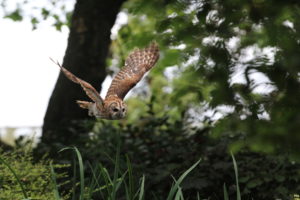
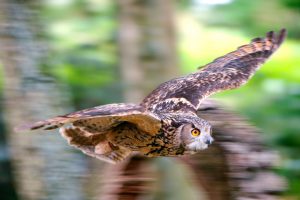
It will be interesting to see how Molly, our Eurasian Eagle-Owl reacts to the new set up, as it’s her first time starring in this event. She takes it in turns to fly in our routines with Cinnamon, our Siberian Eagle-Owl. Cinnamon usually takes the limelight for Winter Woodland Lights, and this will be her first year joining the flying team for this event, so we will be working closely with her to make sure she’s happy with these new additions in our arena.
We’ve got quite a number of events over the next few months and the team know there’s a lot of work that goes into making sure the birds are happy with the changes to their routine. But by careful training and planning, we’re confident things will run smoothly.
So, keep updated on the website for more details to come about these exciting new changes for next year, and do keep coming along to see first-hand how we’re developing the Woodland Arena.”






